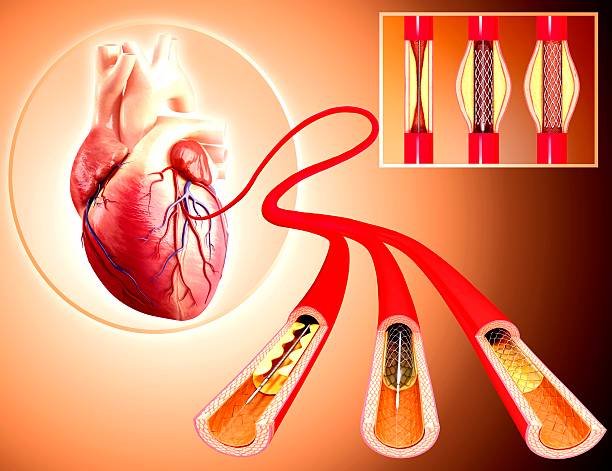Angioplasty is a procedure used to open blocked coronary arteries caused by coronary artery disease. It restores blood flow to the heart muscle without open-heart surgery. Angioplasty can be done in an emergency setting, such as a heart attack. Or it can be done as elective surgery if your healthcare provider strongly suspects you have heart disease. Angioplasty is also called percutaneous coronary intervention.
For angioplasty, a long, thin tube (catheter) is put into a blood vessel. It is then guided to the blocked coronary artery. The catheter has a tiny balloon at its tip. Once the catheter is in place, the balloon is inflated at the narrowed area of the heart artery. This presses the plaque or blood clot against the sides of the artery. The result is more room for blood flow.
Coronary stents are now used in nearly all angioplasty procedures. A stent is a tiny, expandable metal mesh coil. It's put into the newly opened area of the artery to help keep the artery from narrowing or closing again.
